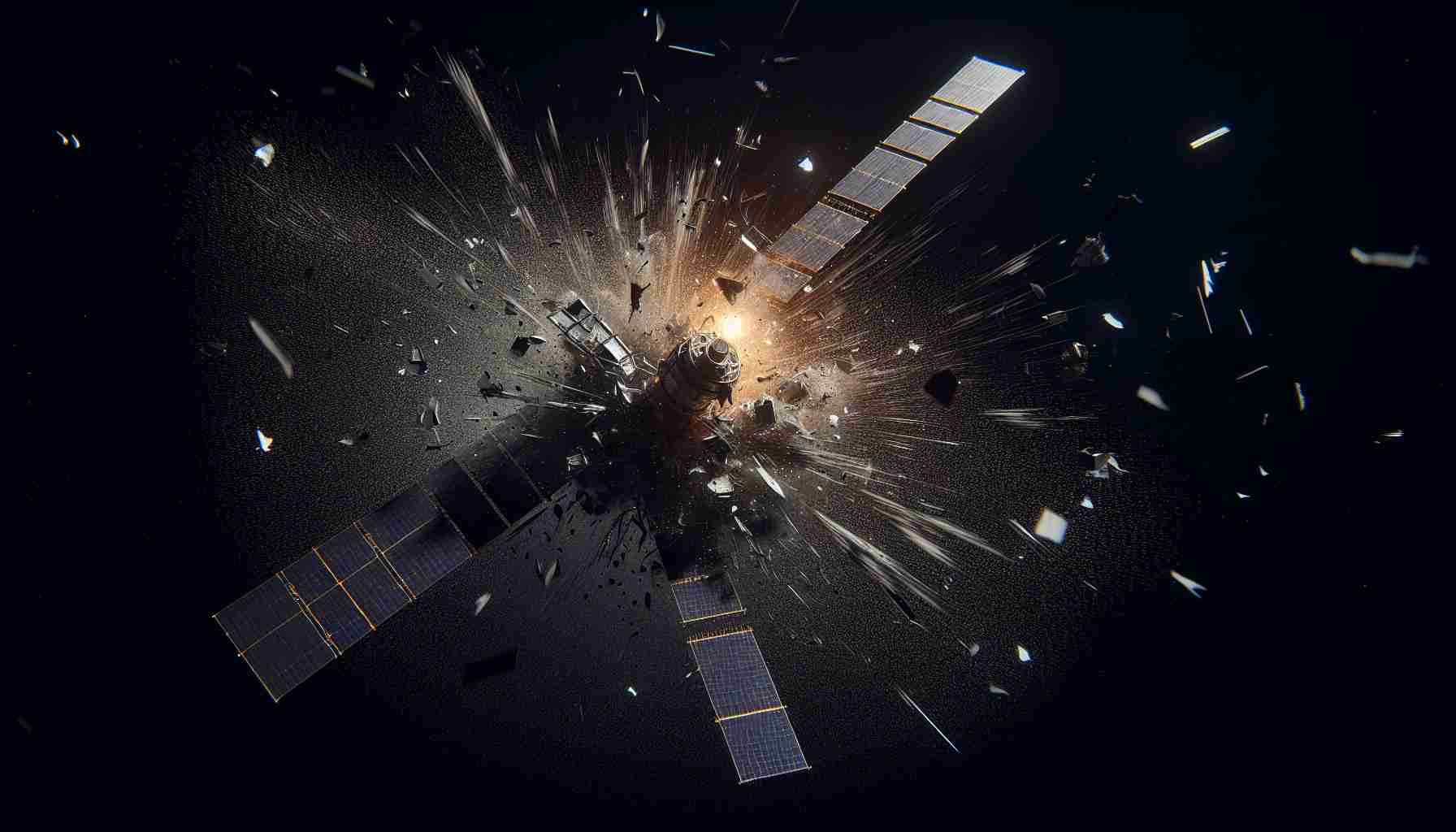
Recent reports indicate that a significant failure has occurred with the Intelsat 33e satellite, resulting in its destruction while in Earth’s orbit. The satellite, which lost its power on October 19, was unable to fulfill its communication duties, affecting users across regions including Europe, Central Africa, the Middle East, Asia, and Australia. According to military space-tracking systems, the satellite fragmented on the same date.
This incident marks a challenging period for Intelsat, as they collaborate with Boeing to address the satellite’s malfunction. Experts in the field have suggested that recovery of the satellite is unlikely. Initially launched in August 2016, IS-33e encountered issues shortly after its deployment, including a failure of its primary thruster, which has dramatically shortened its projected operational life.
The cause of the satellite’s sudden failure remains unclear, but it adds to the growing concern regarding space debris, a phenomenon dubbed Kessler Syndrome. This theory highlights the risks posed by space junk, suggesting that increased collisions in orbit could escalate the problem, leading to a hazardous environment for active satellites and the International Space Station.
As satellite launches become more frequent, the need for effective space debris management becomes paramount to prevent further risks associated with an overpopulated orbital environment.
Intelsat Satellite Suffers Catastrophic Breakup in Orbit: Implications and Insights
Recent developments surrounding the catastrophic breakup of the Intelsat 33e satellite have raised critical questions about the future of satellite operations and the overarching issue of space debris. The satellite, which suffered a significant failure on October 19, has become a focal point for discussions on space safety and operational integrity of satellite technologies.
Key Challenges and Controversies
One of the most pressing challenges highlighted by this incident is the increasing danger posed by space debris. Currently, there are over 36,500 pieces of debris larger than 10 cm orbiting Earth, with many more fragments too small to track. This incident with Intelsat 33e underscores the potential for collisions that can lead to more catastrophic results in the congested orbital spaces.
Additionally, the incident raises questions about accountability in satellite operations. As more private companies enter the space industry, there are no clear regulations governing the end-of-life procedures for satellites, leading to concerns that companies may not be taking adequate measures to mitigate debris risks.
Important Questions and Answers
1. What were the immediate effects of the Intelsat 33e breakup?
– The breakup disrupted communications for users across multiple regions and could potentially impact future satellite missions due to debris potentially endangering other satellites in the vicinity.
2. What are the technical failures associated with the satellite?
– Initial reports indicate that Intelsat 33e was already experiencing issues with its primary thruster, which led to a significantly reduced operational life. Understanding the specific failures that led to the satellite’s breakup will be essential for preventing similar incidents in the future.
3. What steps are being proposed to mitigate space debris?
– Proposals include improving tracking of existing debris, enhancing the design of satellites for easy decommissioning, and increasing international collaboration to establish clear protocols for satellite disposal.
Advantages and Disadvantages
Advantages:
– Technological Advancement: Satellites like Intelsat 33e are crucial for global communications, providing internet and data services across vast regions.
– Economic Growth: The satellite communications industry supports a significant number of jobs and stimulates economic activity across various sectors.
Disadvantages:
– Space Debris Risk: The breakup exacerbates the already critical problem of space debris, posing potential risks to other satellites and the ISS.
– Cost Implications: Recovery efforts and regulatory compliance measures can lead to increased costs for satellite operators, impacting profitability and investment in new technologies.
As the frequency of satellite launches continues to rise, it is imperative for industry stakeholders to prioritize sustainable practices and regulatory measures to address the growing concerns regarding space debris.
For more information on satellite technology and management, visit Intelsat.



